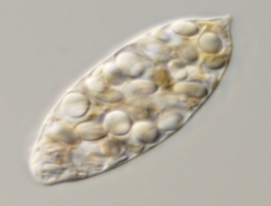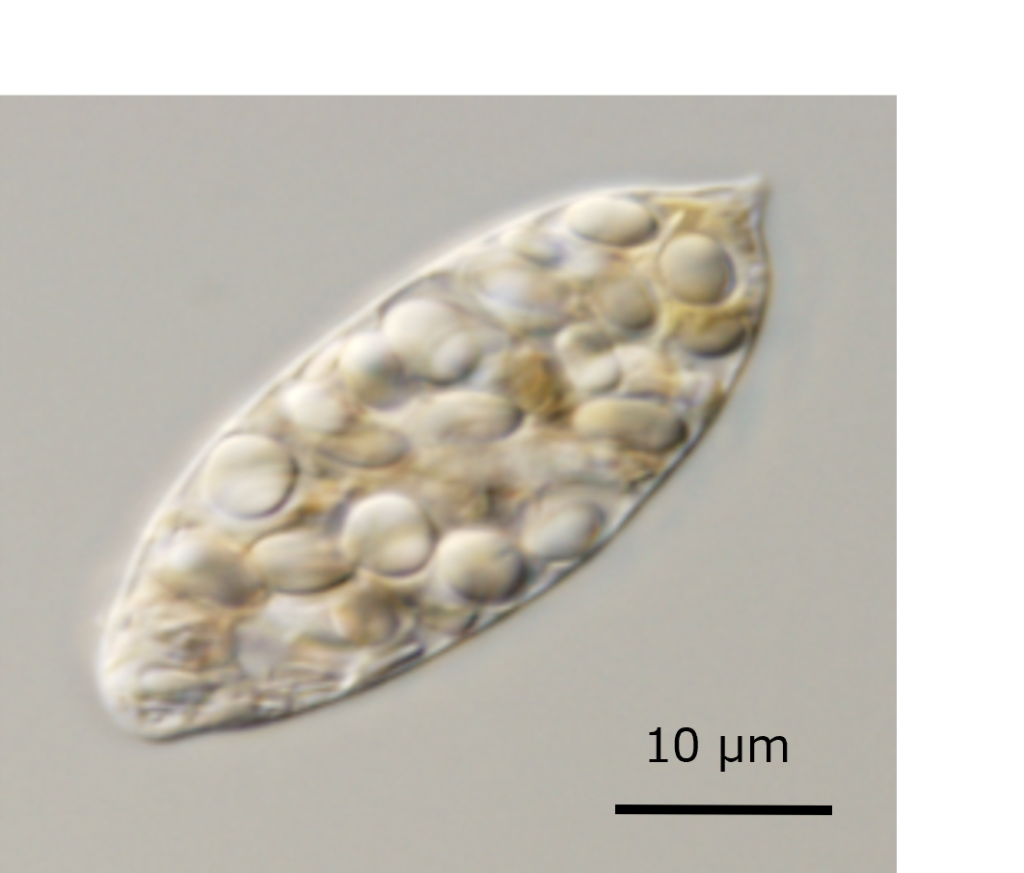
The Mechanism of Immunomodulatory Effects of β-1,3-Glucan Found in Euglena
Euglena contains Paramylon as an intracellular carbohydrate storage substance, and Paramylon has a β-1,3-glucan structure. β-glucans are widely distributed polysaccharides found in nature, including in fungi, bacteria, and plants. They are known to exhibit various physiological activities in the bodies of animals, including humans, and have been reported to have multiple effects, especially related to immune regulation.
The effects associated with immune enhancement by β-glucans are believed to be induced through humoral immunity, enhancing resistance against pathogens. When β-glucans are ingested orally, they are thought to influence the mucosal immune system of the gastrointestinal tract. Generally, M cells in the Peyer's patches of the small intestine are responsible for capturing foreign substances such as microorganisms and presenting antigens to immune cells like macrophages and dendritic cells. Several receptors present there are known to target β-glucans found in microbial cell walls. The stimulating effect of β-glucans on the gut mucosal immune system is believed to result from the recognition mechanism of these receptors. Although it is not clear how β-glucans penetrate the inner layer of epithelial cells, it is assumed that β-glucans are actively taken up by several epithelial cells, including M cells. Among them, Dectin-1, which is expressed on the surface of macrophages and dendritic cells, is one of the known β-glucan receptors and is considered to play a crucial role in subsequent immune-stimulating effects. β-glucans recognized by Dectin-1 are known to activate tyrosine kinase Syk, promote the secretion of pro-inflammatory cytokines through the activation of NF-κB, and be a cause of multiple immune responses.
Paramylon exhibits similar effects to other β-glucans. This is attributed to the transport of Paramylon through epithelial cells, where it functions and is recognized by macrophages via the Dectin-1 receptor, potentially inducing Th1 cell responses. The size of Paramylon is typically around 1-3 μm, similar to the size of pathogenic bacteria, suggesting that Paramylon may be transported through epithelial cells using a mechanism similar to the response to pathogenic bacteria in the gut. The crystal structure of Paramylon consists of a triple helix recognized by Dectin-1, one of the receptors for β-glucans, indicating that Paramylon strongly activates Dectin-1.

